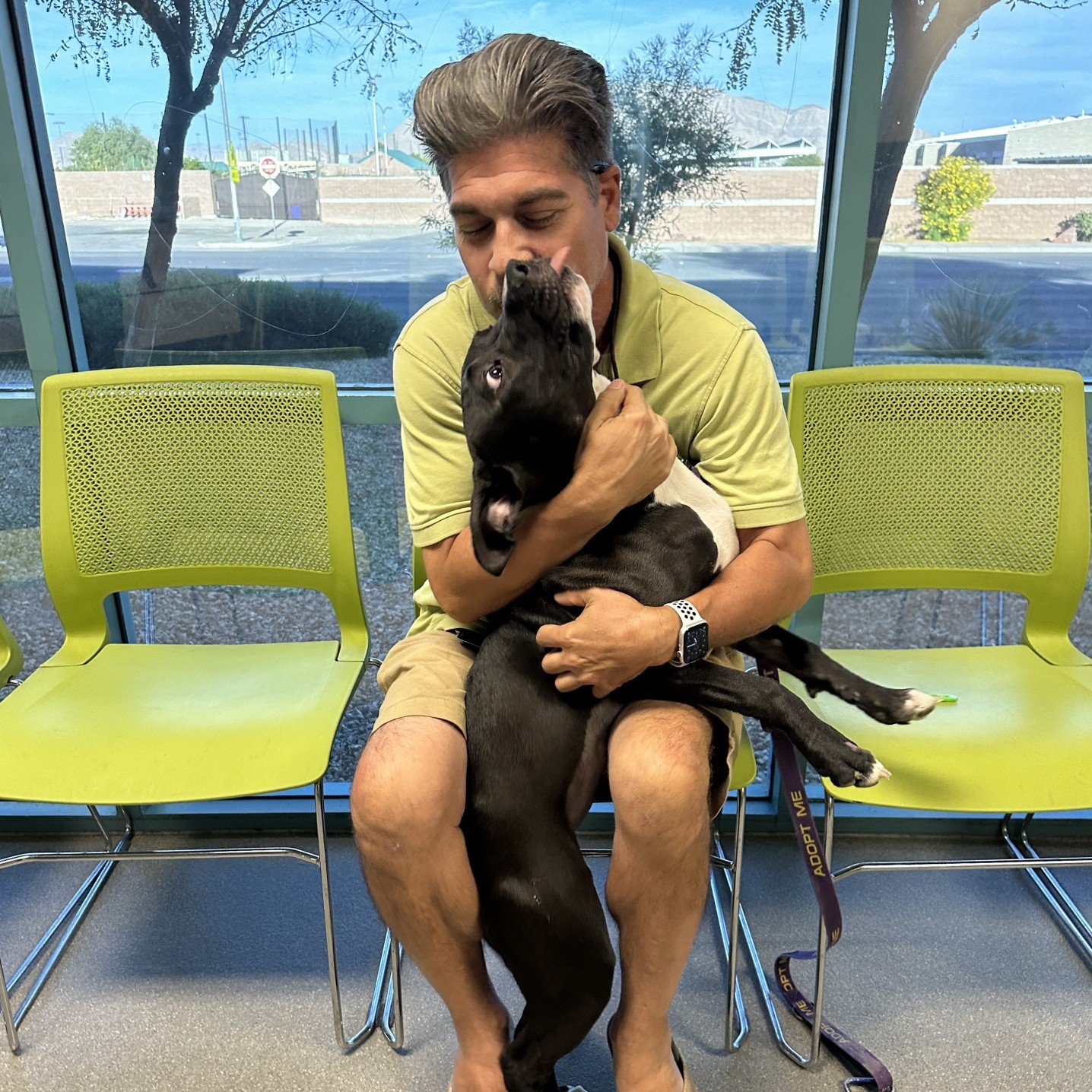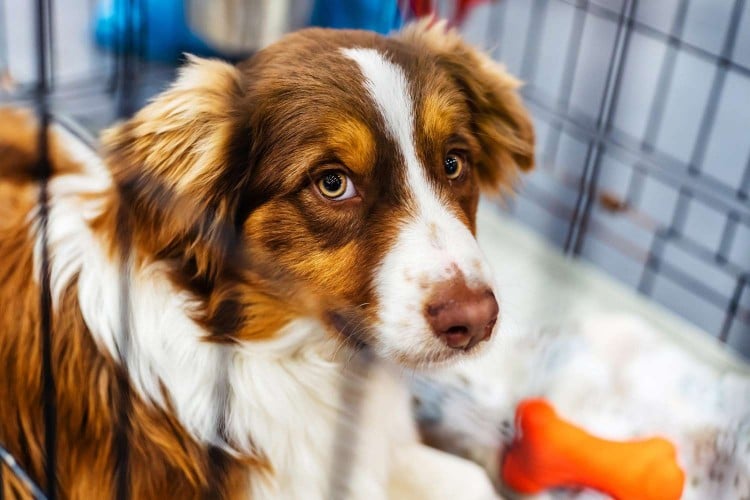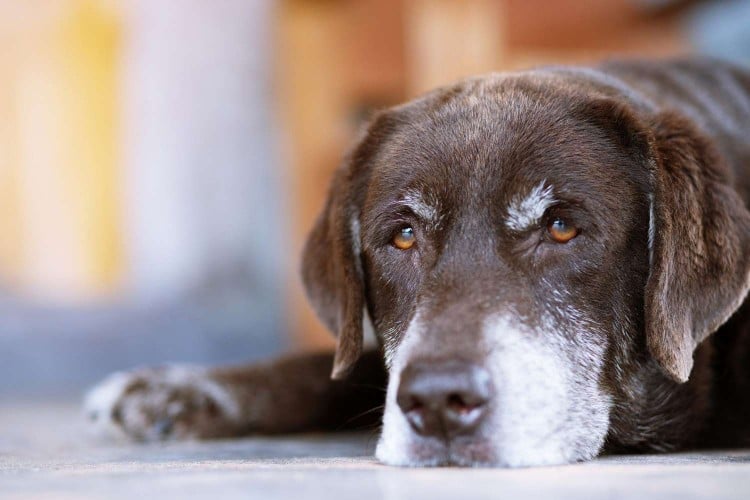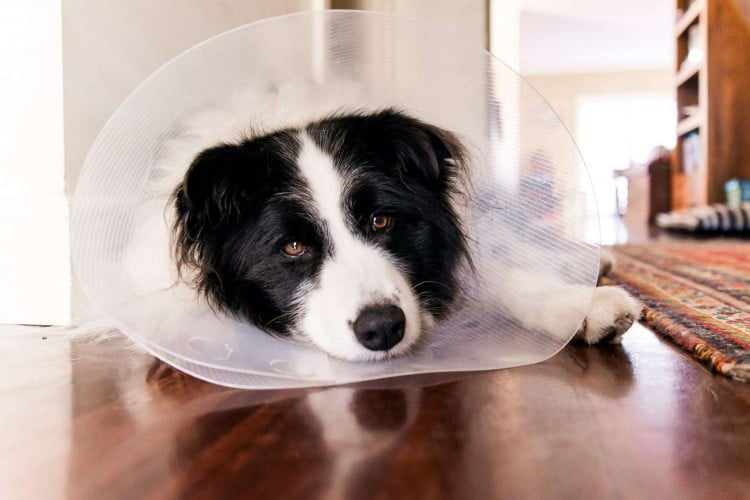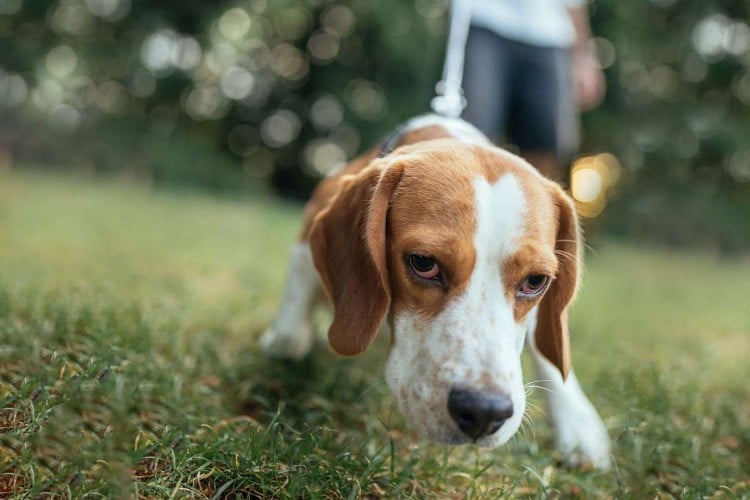
If there's one thing that everyone knows about dogs, it's that they have amazing sniffers. Some dogs are even trained to detect specific odors to assist humans and other animals. While you're probably not looking to put your pooch to work, there's a great activity you can do that harnesses the power of that superior nose: scent training. Canine scent training has steadily been gaining popularity because it uses your dog's natural talents in a way that's entertaining and stimulating.
If you're looking for a new activity to try with your dog, nose work may be the one for you. This unique dog sport is an accessible alternative to dog sports like agility and dock diving. Best of all, virtually any dog—regardless of age, breed, or size—can do scent training at home.
To find out more about the benefits of scent training for dogs, we spoke with Meredith Minkin, CDBC, CBCC-KA, CPDT-KA, SDC, and owner of Canine PhD in Atlanta, where she teaches nose work classes. "Olfaction [smelling] engages a dog's natural abilities. It's both mentally and physically stimulating and helps an active dog burn energy," says Minkin. "Scent work can build a dog's confidence, enhance the enjoyment of learning, improve a dog's ability to work autonomously, and lastly, it can strengthen the dog-human bond."
While this is reason enough to try scent work, Minkin also references a 2019 study by Charlotte Duranton of Ethodog in France and Alexandra Horowitz of the Dog Cognition Lab in New York, which "concluded that scent work can increase a dog's 'optimistic emotional state'." Who wouldn't want their dog to be optimistic?
What Is Scent Training for Dogs?
Canine scent training, or nose work, is a dog sport that gives dogs every opportunity to use their amazing noses to detect different scents.
In a nutshell, scent training teaches dogs to detect various odors (in the form of essential oils) and then indicate to you that they've detected a smell. Scent training exercises help fulfill your dog's need for play and enrichment and can improve the relationship and teamwork between you and your dog.
Scent training can be done just for fun, but it's also a competitive sport. Associations like the AKC and the National Association of Canine Scent Work (NACSW) both have trials for dogs where they can compete to test their scent detection skills.
Ready to get started with scent training? With a little preparation, you'll be playing stimulating nose work games with your dog in no time.
How to Get Started Doing Scent Work with Your Dog
Doing scent training with your dog is almost as simple as basic training. All you need are a few supplies and some patience. Nose work can be taught practically anywhere.
Scent work clubs and nose work facilities provide classes that can help you get started and set up for success. K9 Nose Work, the NACSW's education division, offers resources to help you find information on local scent work classes and tools. There's also a lot of information to be found in videos, books, and other online resources.
Flyball: A Unique Team Sport to Strengthen Your Bond With Your Pup
3 Easy Scent Work Activities to Try With Your Dog
You can begin teaching your dog to detect and find odors without using a scent kit (more on scent kits later). All you need are some nice, stinky dog treats and a place to hide them. You can start with simple games, and work your way up to the more challenging stuff.
1. Box Search
Minkin shares a great game for pet parents who want to get started with scent work at home. This game should be set up while your dog is out of sight. Gather some empty boxes (Minkin says shoebox size is perfect) and arrange them on the floor where your dog can reach them. Place treats in some of the boxes while leaving the others empty (Minkin says to make sure the tops of the boxes are open and the treats are accessible). Bring your dog into the room and cue him to search for the treats. If he finds the treats, praise him and let him eat them as a reward. Further reward him by offering treats from your hand. "You should do this several times with your dog before progressing—you want to make sure [he] understands the game."
2. Muffin Tin Puzzle
Hide a few treats in one or two holes of a muffin tin, then cover all the holes with tennis balls. Allow your dog to explore the tin and remove the tennis balls to find the treats. Praise your dog when he finds the treats.
3. Shell Game
This is just a canine version of the old magic trick: place a treat under one of three cups, shuffle them around in front of your dog, and then let your dog find the treat. To start this game, you'll first need to show your dog how it works. Let your dog see you place a treat under one cup. When he noses the cup or paws at it, praise him and lift the cup so he can eat the treat. Add two empty cups and repeat. If he goes for an empty cup, lift it and let him see it is empty. Then, lift the cup with the treat to show him, but don't let him eat it. Once he figures out that there's only one treat cup, you can start shuffling them to see if he can find the right cup.
Tufts University's Center For Shelter Dogs also lists a couple of fun games and activities to get your dog into scent work. These are all simple games for your pup involving treats or food that can help them learn to detect a smell, lock onto it, and locate it.
The 15 Best Dog Puzzle Toys to Beat Boredom
What Is a Dog Scent Training Kit?
- Cotton swabs
- Essential oils (birch, anise, clove, and cypress)
- Mini mason jars to store cotton swabs
- Mini metal tins (you will need to poke holes in the lids)
- Tweezers
- A leash and harness
- Carrying case for your supplies
When using essential oils, it's important to take steps to keep your dog safe. Direct contact with essential oils can cause harm to dogs, and birch oil in particular can be toxic to dogs. Make sure all oils and scent swabs are enclosed in jars or tins and wear gloves or use droppers when handling oils. Only use tiny amounts of oil on the swabs, and handle them with gloves or tweezers. In addition, veterinarians warn that scent work oils may make dogs more attracted to products containing a substance called xylitol, which is toxic to dogs. Xylitol can be found in a variety of products including chewing gum. Keep all scent work supplies out of your dog's reach, and make sure there are no xylitol-containing products where your dog can find them.
With the purchase or assembly of a scent training kit, you're on your way to teaching your dog how to detect, alert to, and seek out different odors.
How to Use a Dog Scent Training Kit
Once you're ready to start using your scent kit, Minkin suggests this simple training activity:
Once your dog understands the game, you can challenge him by hiding the scent tin in a box or another room and seeing if your dog can locate it. "Slowly increase the number of boxes once your dog is reliably targeting the box with [his] nose," says Minkin.
Scent training takes time, but valuable treats can help it go faster. Try to keep training sessions brief—about 10 to 15 minutes at a time is ideal. If your dog seems bored or tired, put the tins away. Some dogs will be ready to stop after just a few attempts, while others might be eager to continue for 15 minutes. The point is for nose work and scent training to be fun, not to push your dog to keep working when he's not in the mood or too tired.
Pups love to sniff stuff, and they love spending time with you. Whether you do nose work as a simple training game at home or as a competitive sport, practicing it together might just become your dog's favorite activity.

